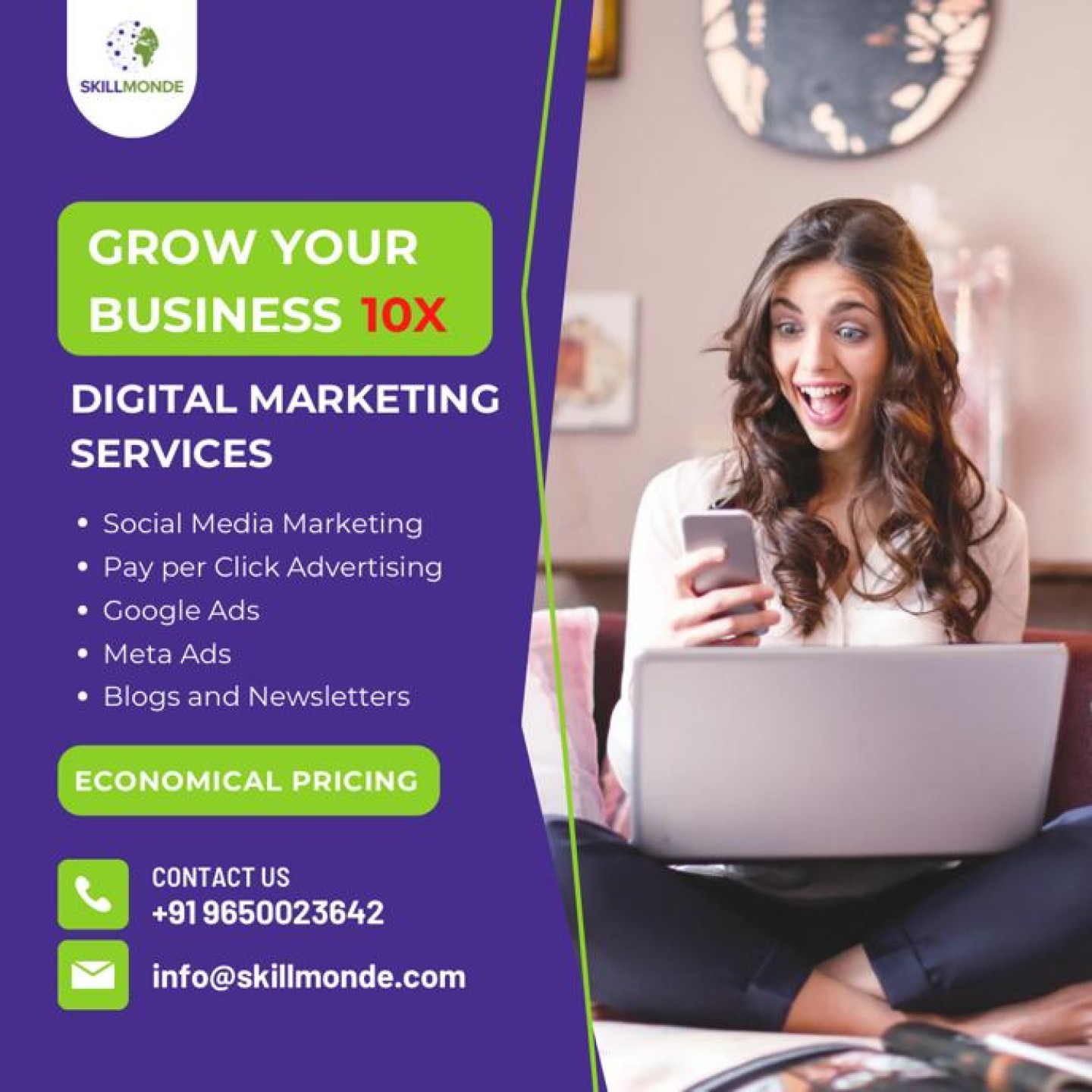
Introduction
In today's digital landscape, landing pages have become an essential tool for businesses to drive conversions and achieve marketing goals. In this comprehensive guide, we will explore what landing pages are, their benefits for business marketing, the essential elements of a successful landing page, frequently asked questions, popular online tools for creating landing pages, optimization tips, integration with marketing tools, landing page SEO, examples of successful landing pages, landing page performance measurement, and top 10 tips for creating a successful landing page. By the end of this guide, you will have a solid understanding of how landing pages can elevate your marketing efforts.
What is Landing Page?
A landing page is a standalone web page designed with a specific marketing objective in mind. It serves as a focused platform for capturing visitor information or prompting them to take a specific action, such as making a purchase, subscribing to a newsletter, or downloading a resource. Landing pages provide a streamlined user experience, removing distractions and guiding visitors towards the desired conversion goal.
Benefits of Using Landing Pages for Business Marketing
Landing pages offer numerous advantages for marketing your business effectively. Here are some key benefits:
- Increased Conversion Rates: By targeting a specific audience and objective, landing pages boost relevance and conversion rates compared to generic web pages.
- Lead Generation: Landing pages incorporate lead capture forms to gather valuable customer information, enabling effective lead generation and subsequent communication and nurturing.
- Enhanced Advertising Campaign Performance: Combining landing pages with online advertising campaigns ensures a seamless user experience, improving campaign performance and return on investment (ROI).
- Data and Insights: Landing pages provide valuable data through analytics tools, tracking visitor behavior, engagement metrics, and conversion rates. These insights inform marketing strategies and drive improvements.
Essential Elements of an Effective Landing Page
To maximize the effectiveness of your landing page, consider incorporating these essential elements:
- Attention-Grabbing Headline: Craft a compelling headline that instantly captures visitors' attention and clearly communicates the value proposition or offer.
- Engaging Visuals: Utilize high-quality images or videos that resonate with your target audience, enhance aesthetics, and create an appealing layout.
- Persuasive Copy: Write concise and persuasive copy that communicates the benefits and features of your offer. Use clear language, focus on value, and address visitors' pain points.
- Strong Call-to-Action (CTA): Place a visually prominent CTA button or form that guides visitors to take action. Use action-oriented language and ensure clarity about what visitors will gain or achieve.
- Trust Signals: Incorporate trust-building elements such as customer testimonials, reviews, trust badges, or case studies to instill confidence in your offer.
- Clear and Relevant Offer: Present your offer clearly, ensuring it aligns with visitors' expectations. Communicate the value of the offer and its relevance to their needs.
- Mobile Optimization: Optimize your landing page for mobile devices to ensure a seamless user experience across different screen sizes.
Top 10 Tips for Creating a Successful Landing Page: To create a landing page that drives results, consider these tips:
- Define a Clear Goal: Determine the specific objective of your landing page to maintain focus and alignment.
- Craft a Compelling Headline: Create a captivating headline that communicates the value proposition and aligns with the ad or promotional message.
- Clean and Visually Appealing Design: Use a professional design that aligns with your brand and incorporates ample white space, high-quality visuals, and a consistent color scheme.
- Persuasive and Concise Copy: Highlight benefits, address pain points, and use concise language to communicate value effectively.
- Strong Call-to-Action (CTA): Make your CTA visually prominent, use action-oriented language, and clearly state what visitors will gain by clicking.
- Keep the Form Simple: Avoid lengthy forms and ask for only essential information to minimize friction and encourage form completions.
- Include Trust Elements: Incorporate testimonials, reviews, trust badges, or case studies to build trust and credibility.
- Ensure Mobile Responsiveness: Optimize your landing page for mobile devices, considering the increasing mobile usage among users.
- Conduct A/B Testing: Test variations of headlines, visuals, CTAs, and other elements to identify high-performing combinations.
- Monitor and Analyze Performance: Use analytics tools to track conversion rates, bounce rates, time on page, and form completion rates. Gain insights and make data-driven improvements.
Frequently Asked Questions on Landing Page
Q1: What is the purpose of a landing page? A1: The purpose of a landing page is to capture visitor information or prompt them to take a specific action, such as making a purchase, signing up for a newsletter, or downloading a resource. It provides a focused and streamlined user experience to guide visitors towards the desired conversion goal.
Q2: How is a landing page different from a website homepage? A2: While a website homepage serves as an entry point to your website and provides an overview of your business, a landing page is a standalone page designed for a specific marketing campaign or objective. Landing pages are created with a singular purpose in mind, often to drive conversions or gather leads, and they eliminate distractions present on a typical homepage.
Q3: Should I include navigation links on my landing page? A3: In most cases, it is recommended to remove navigation links from your landing page. By eliminating navigation, you can keep visitors focused on the desired action and prevent them from getting distracted or leaving the page. A focused and distraction-free experience tends to yield better conversion rates.
Q4: How long should my landing page be? A4: The length of your landing page will depend on various factors, including the complexity of your offer and the amount of information required to convince visitors to take action. It's important to strike a balance between providing enough information to make a decision and keeping the page concise and scannable. Use clear headings, bullet points, and visuals to break up the content and make it easily digestible.
Q5: How can I increase the conversion rate of my landing page? A5: There are several strategies to optimize your landing page for better conversions. Some key tips include improving the headline to grab attention, enhancing the clarity and persuasive power of your copy, using compelling visuals, simplifying the form, adding trust elements such as testimonials, and ensuring a strong and prominent call-to-action (CTA) that guides visitors to take the desired action.
Q6: Should I include social media sharing buttons on my landing page? A6: The decision to include social media sharing buttons on your landing page depends on your marketing goals and the nature of your offer. If your objective is to encourage visitors to share your offer with their social networks, then including social sharing buttons can be beneficial. However, if the focus is on driving immediate conversions, it may be better to avoid distractions and keep the focus on the primary conversion goal.
Q7: How can I test the effectiveness of my landing page? A7: A common method to test the effectiveness of your landing page is through A/B testing. This involves creating different variations of your landing page and randomly directing visitors to each version. By comparing the performance metrics of the different versions, such as conversion rates or click-through rates, you can identify the elements or design variations that yield the best results and make data-driven optimizations.
Q8: What are some common mistakes to avoid when creating a landing page? A8: Some common mistakes to avoid when creating a landing page include having a weak or unclear value proposition, using generic or vague headlines, overwhelming visitors with too much information, having a complicated or lengthy form, not optimizing for mobile devices, and lacking a strong and visible call-to-action. It's important to focus on simplicity, clarity, and alignment with your marketing objectives.
Q9: Do I need to have separate landing pages for different marketing campaigns? A9: Having separate landing pages for different marketing campaigns can often yield better results. Each campaign may target a different audience or offer a unique value proposition, so tailoring the landing page to match the specific campaign can improve relevance and conversions. Dedicated landing pages allow you to deliver a customized message and experience to each target audience, increasing the chances of success.
Q10: How can I track the performance of my landing page? A10: You can track the performance of your landing page using analytics tools such as Google Analytics. Set up conversion tracking to measure the number of visitors who complete the desired action on your landing page. Monitor metrics like conversion rate, bounce rate, time on page, and form completion rate to gain insights into visitor behavior and identify areas for improvement.
Conclusion
Landing pages are powerful marketing tools that can significantly enhance your business's online presence, lead generation efforts, and conversion rates. By understanding the purpose, elements, and optimization strategies for landing pages, as well as integrating with marketing tools and employing SEO best practices, you can create focused and persuasive pages that drive results. Implement the top 10 tips discussed in this guide to create successful landing pages that engage visitors, drive conversions, and achieve your marketing goals.






